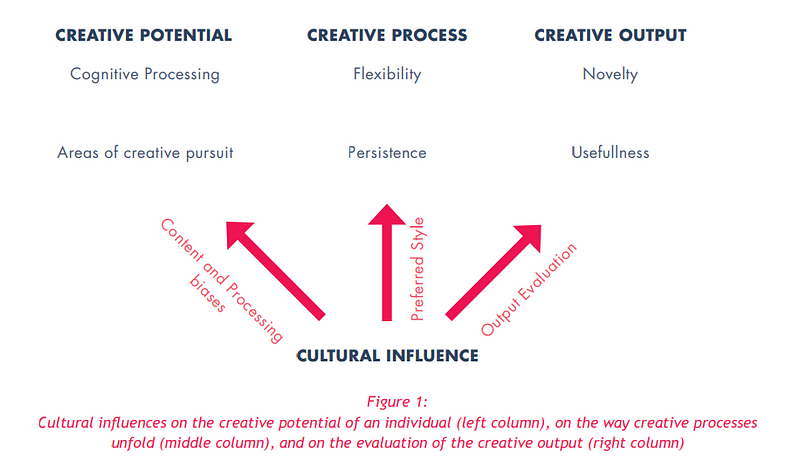I have been facilitating lots of different sessions recently with teachers, school leaders and architects. Here are a few tips and ideas to help improve your next workshop.
1) Don’t be afraid of providing independent reflection and thinking time.
All too often, we run workshops in the whole group mode or table group mode. We have to keep the individual mode active to improve the flow of thinking and dialogue.
Typically I use the individual thinking time as I would when running idea generation activities. Most of us are more receptive to other people when we have had time to think on our own. All you have to do is provide time for workshop participants to collect and capture their thoughts before launching into other modes. Compare the workshop scenarios below and reflect on which you think would be most effective:
(A) Take a look at the provocation on the screen [it reads] “If learning were a shape it would be a spiral” [no thinking time] What do you think? [to the whole group]
(B) Take a look at the provocation on the screen [it reads] “If learning were a shape it would be a spiral” [no thinking time] Talk to the people on your table about what you think.
(C) Take a look at the provocation on the screen [it reads] “If learning were a shape it would be a spiral” Spend a few minutes reflecting on your own about this. You might like to draw and make some notes. Gather your thoughts and be ready to share in a small group. [Lots of thinking time, pressure off]
(C+) Now you have had some time to think about the provocation. Talk to the people on your table about your ideas. Make sure you think carefully about stepping up and stepping back so everyone can share.
(C++) It sounded like you have had some time to explore that idea – I overheard a few points I would like to focus on, but who will share something that resonated with them [whole group dialogue, with a few points at the ready to provoke further and draw people in]
Your Next Step: Design your workshop to balance individual small group and whole group dialogue and thinking modes.
2) Create the right conditions for high-quality dialogue
The most common piece of feedback I get from my workshops and sessions is about time. People wish for more time and hope they can recreate the experience in the future.
More specifically, they express gratitude and appreciation for the time and space to engage in authentic and meaningful dialogue with their peers.
It might sound almost too obvious, but stepping out of the “work” structure and engaging in dialogue about the work, is rare. My workshops put dialogue at heart.
Participants in my sessions enjoy the opportunity to share, discuss and explore with colleagues. It would help if you thought about ways to create these experiences too.
Your Next Step: Plan a little less, allow more time for dialogue, design simple ways to capture thinking, allow more time for dialogue.
3) Respond to the people in front of you
“Football isn’t played on paper” as the saying goes, we might have a great plan but making it happen can often be the biggest challenge. Let’s keep running with the idea of “planning less” a little further.
I would say that in close to 75% of the time, I have more than I need for a workshop. My ideas flow, but the experience might not allow for deeper thinking and a better experience of meaningful dialogue.
Although I might have spent time refining a workshop plan and shared this with the client beforehand – I never shy away from going off-script. Respond to the people in front of you – use ongoing feedback to check in and gauge the progress they are making. “Everything ok? Do you need some more time?”
If you set up a chunky provocation and create the right conditions for deeper thinking and dialogue – you have to allow participants the opportunity to ensconce themselves. There is nothing more dissatisfying than being pulled abruptly out of this type of activity.
You want people to express appreciation for the time you designed for them, not lamenting the workshop as a missed opportunity.
Your Next Step: Design the workshop with rich provocations, allow time to get ensconced, respond to the needs of those in front of you.
—
Are you designing workshops or staff meetings and want some inspiration? What are your biggest challenges when it comes to facilitating professional learning sessions?
—
This first appeared in the 137th issue of the Dialogic Learning Weekly Newsletter










